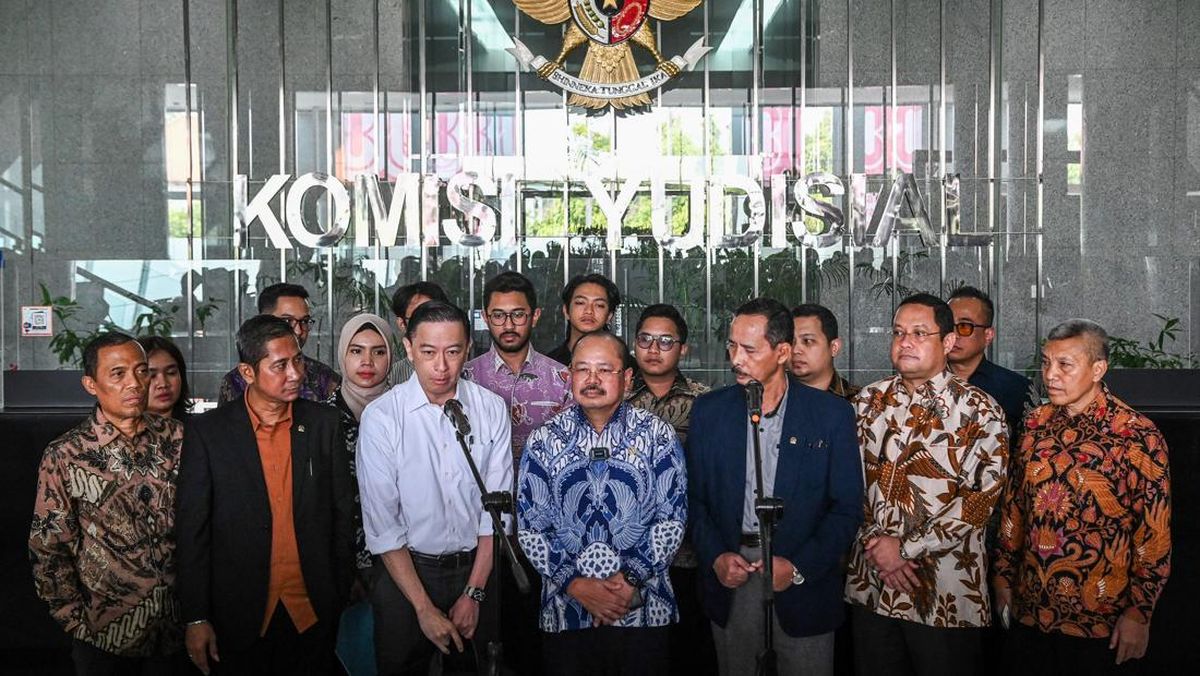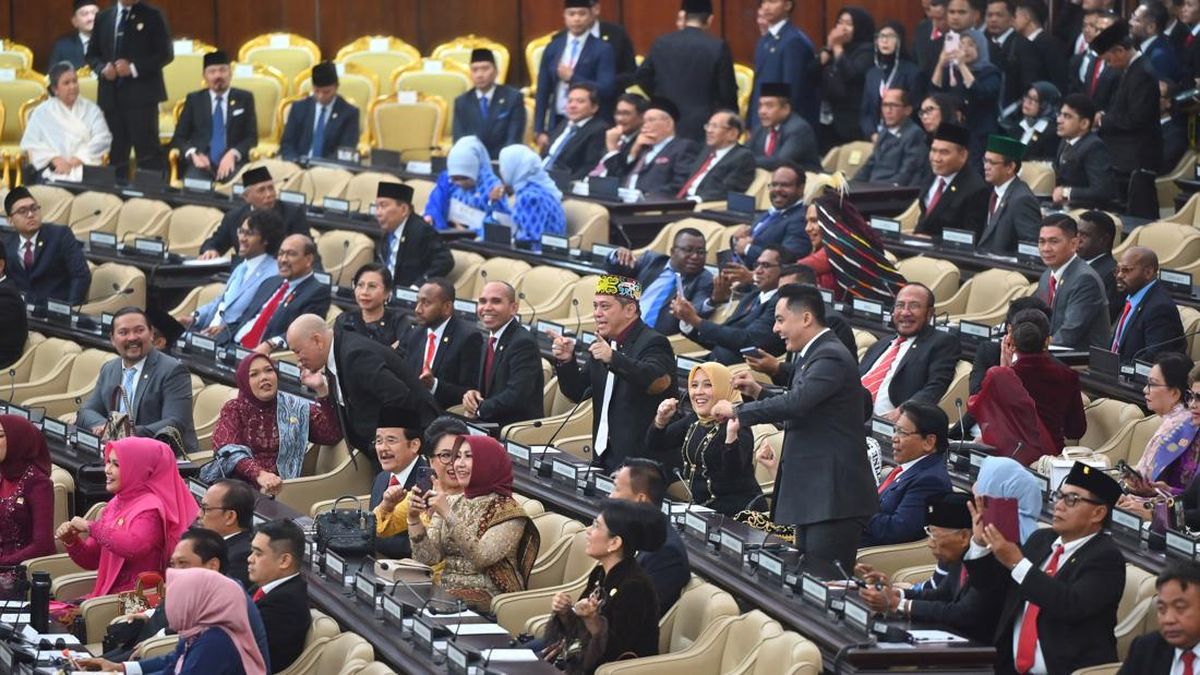“We’re not against housing but Rose Bay and Double Bay are simply not the right areas to be building multi-storey unit blocks where the water table is as high as one metre below the ground surface,” she said.
“People don’t want to be put in a position where, because of severe structural damage, they’re forced to move out of our homes with no recourse.
“We don’t want to become the next Mascot Towers.”

Concerns by residents have been heightened by flash-flooding that occurred in Double Bay in December.Credit: Contributed
McLoughlin said concerns by residents have been heightened by heavy storms and flash-flooding in December that resulted in water damage to multiple homes and businesses in Double Bay.
In June last year, the NSW building commissioner also issued a stop work order to the developer of a building site in Rose Bay after residents reported cracks in their unit walls.
One resident living next to a separate multi-storey development site in Rose Bay supplied photos of cracking in her walls which structural reports to her insurance company found were a result of the construction works.

A photo of building cracks reported by a resident in Rose Bay.
Woollahra Mayor Sarah Dixson rejected suggestions the council’s concerns were a “creative way to object” to increased density but rather a response to “actual issues happening in our area that must be taken seriously”.
“There are already three-storey apartment buildings in Rose Bay having to pump out water ingress from basement level garages,” she said.
“Our fear is that the cumulative impacts of the government’s blanket reforms will undermine the structural integrity of any new developments and interfere with an already sensitive water table leading to subsidence, flooding and cracking to existing buildings – people’s homes.”

Woollahra Mayor Sarah Dixson.Credit: Dominic Lorrimer
In a statement, NSW Planning Minister Paul Scully said: “Low and mid-rise sites were carefully selected considering all land use constraints as well as access to transport, infrastructure and services.”

Woollahra Council has proposed major changes to car parking requirements in new housing projects in the local government area.Credit: Kristjan Porm
“It was Woollahra Council which zoned that land as appropriate for low and medium density housing and as the consent authority on development applications they have the responsibility to assess suitable and safe development on that land.”
The council’s proposed parking changes also include a one-space car parking requirement for a standard three-bedroom unit in multi-storey developments and 0.6 space requirement for a two-bedroom unit.
If approved, the changes would represent a reduction in standards which require 0.5 car parking spaces for studio apartments, 1.5 spaces for two-unit apartments and two spaces for three-bedroom units.
Woollahra Council last week committed $300,000 to fund further hydrogeological and geotechnical studies to scope the impacts of increased housing density in Rose Bay and Double Bay.
It expected the results will be used to bolster its case for the state government to have the two suburbs declared “exempt” from multistorey housing reforms.
Scully said the “government is not considering exemptions to the policy but always encourages councils to undertake their own strategic planning that will deliver more homes”.
The council’s proposed parking controls will be open to public feedback with the outcomes to be considered by councillors.
Start the day with a summary of the day’s most important and interesting stories, analysis and insights. Sign up for our Morning Edition newsletter.













































